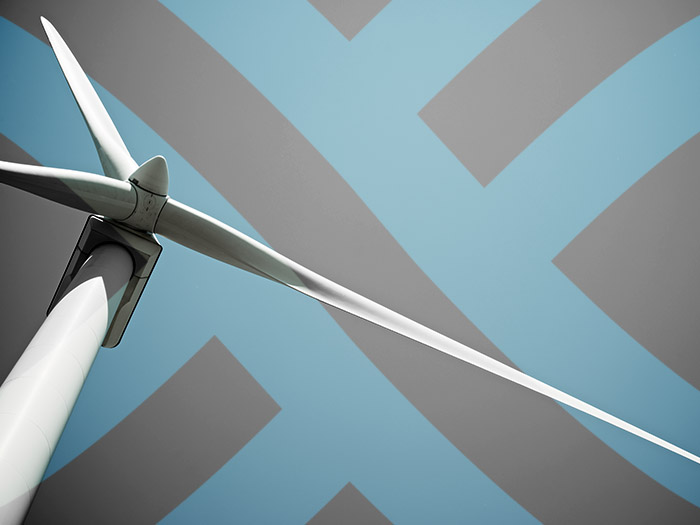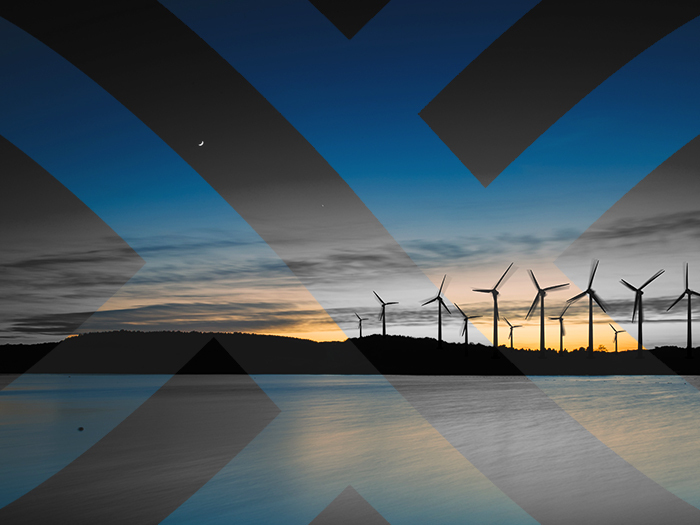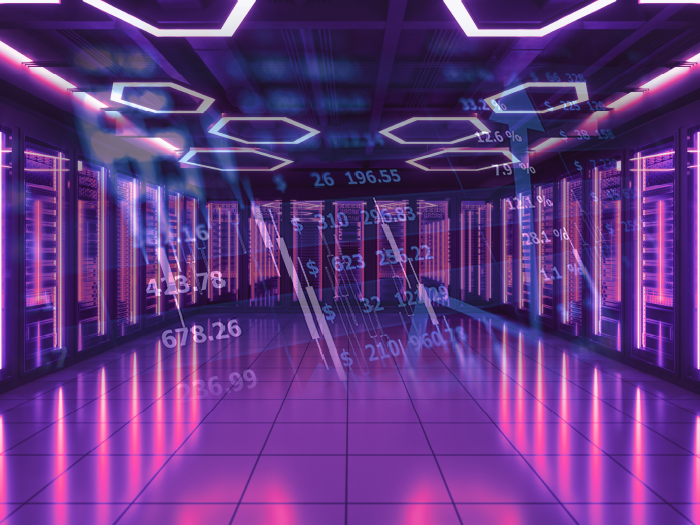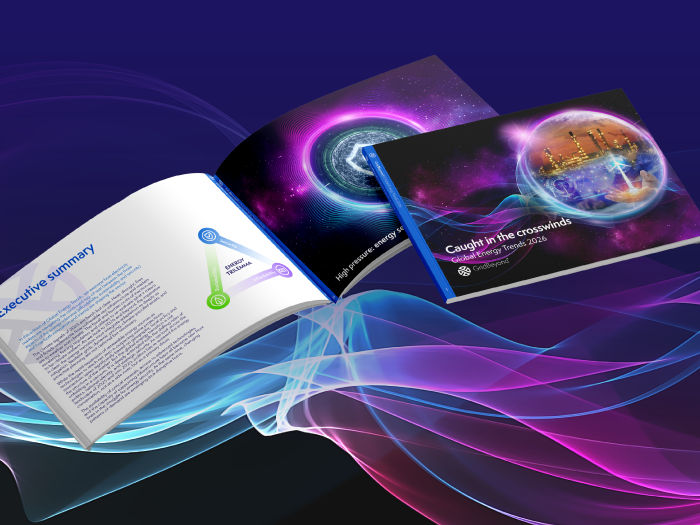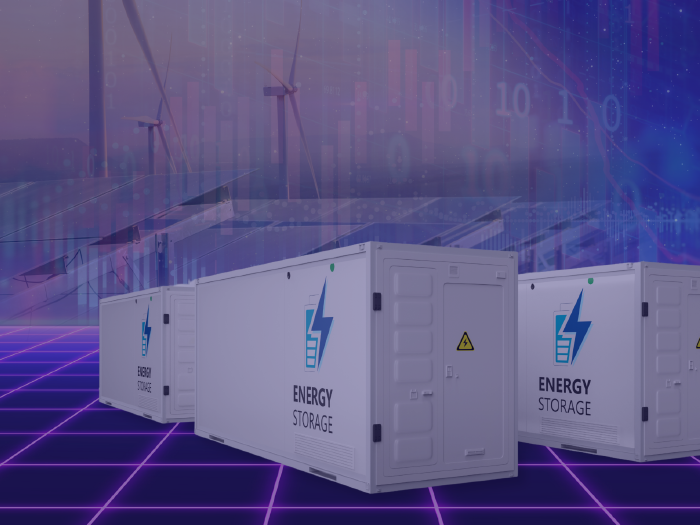News
better business decisions
Posted 6 years ago | 10 minute read
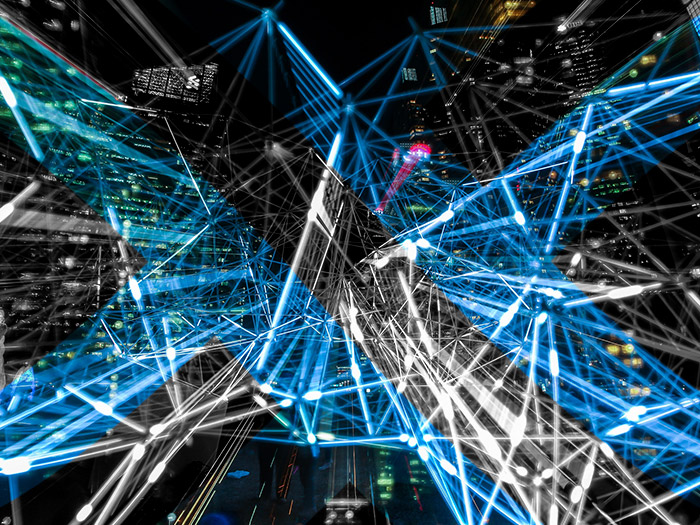
Demand side response (DSR): What is it? Why do it?
What demand side response is
Demand side response is best understood through the context of the Grid’s requirements.
The electric Grid is responsible for maintaining the balance between electricity supply and electricity demand. Put more simply, the grid’s job is to ensure that the country is generating as much power as its consumers (commercial and domestic) are using. For this to happen, we need a grid frequency balanced at all times, with no more than 1% of variance either side of that. Either balanced at 50Hz or 60Hz depending on the grid.
Now, given our energy system’s increasing reliance on renewable energy sources such as wind and solar – whose outputs are cleaner but less predictable than traditional sources like coal and nuclear – this balance is becoming more difficult to maintain, which consequently increases the risk of blackouts and other electricity supply issues.
Demand side response (DSR) provides a solution to that problem, while simultaneously enhancing your organisation’s energy strategy and helping you to optimise your energy use.
DSR is an umbrella term for a type of energy service that large-scale industrial and commercial consumers of electricity (such as manufacturers) can use to help keep the grid balanced. As a DSR participant, you decrease or increase your facility’s power consumption when you receive signals (requests) to do so, thereby helping the grid to maintain its frequency balance.
It is all about creating flexibility on the demand side of the energy market, so that the entire energy market is more resilient and more agile in times of real emergency.
You receive revenue for participating in DSR, and the amount you receive will depend on which of the several response services (or ‘energy markets’) you participate in, as well as how quickly your assets are able to respond to signals that come in – the quicker, the better.
An example of demand side response in action
If a cold-storage facility has to stay between 2°C and 5°C at all times to remain operational, that means its assets could hypothetically switch off at several points during the day as long as the temperature stays within the range, which a DSR platform can ensure.
With the installation of specialist equipment, this cold-storage would be DSR-ready and could then respond to DSR signals whenever required, and without interruption to operations.
Organisations such as this are ideal participants for DSR, although many do not know it or mistakenly believe that they are unsuitable.
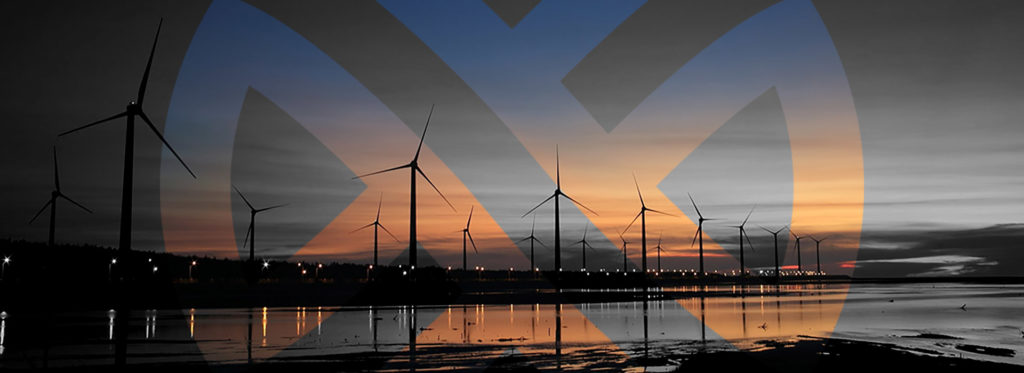
Who DSR is suitable for
To be a DSR participant, the first proviso is that you have to be a large industrial or commercial business whose day-to-day operations are energy-intensive. You need to be consuming huge amounts of power.
You also need to be willing to flex power consumption or generation quickly – within seconds – whenever the grid requires it, because the whole idea of DSR is that it gives immediate assistance to the grid, helping it to rebalance and prevent blackouts.
Your DSR technology is what enables these fast switches, and they happen automatically. This equipment, although often covered by the income from participation, is expensive to install, so you need a large operation in order for it to be viable and cost-effective for your business.
At the moment, DSR is not cost-effective for small businesses and for domestic use – although that will likely change in years to come, when the technology develops further and makes it possible.
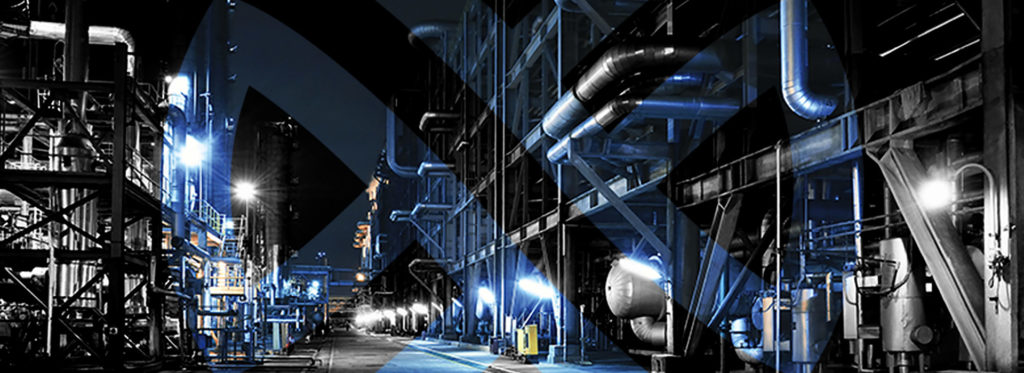
The benefits of using demand side response
Earning revenue and saving costs
DSR presents a lucrative opportunity for all compatible businesses. Put simply, you will start to profit from existing assets that you have to use anyway.
Without any effort on your part – apart from arranging the initial installation of your DSR platform – your organisation will earn easy ongoing revenue while simultaneously cutting energy costs.
The amounts you can earn through your DSR participation will depend on numerous factors, but your chosen DSR provider (or ‘aggregator’) should carry out an assessment on your assets and then provide a detailed forecast for you. To arrange an initial consultation or an assessment, contact us and we can talk you through the entire process.
Contributing to the balancing of the grid
In addition to the obvious monetary advantage of DSR, participating in it will also mean that your organisation is providing a benefit to wider society: you are actively, directly helping to stabilise the entire electricity supply – enabling industry to continue, keeping homes warm and light, and so on.
Let’s say you are participating in DSR while none of your competitors are. You are, perhaps ironically, helping to ensure that your competitors remain operational, but whose CSR profile is enhanced as a result?
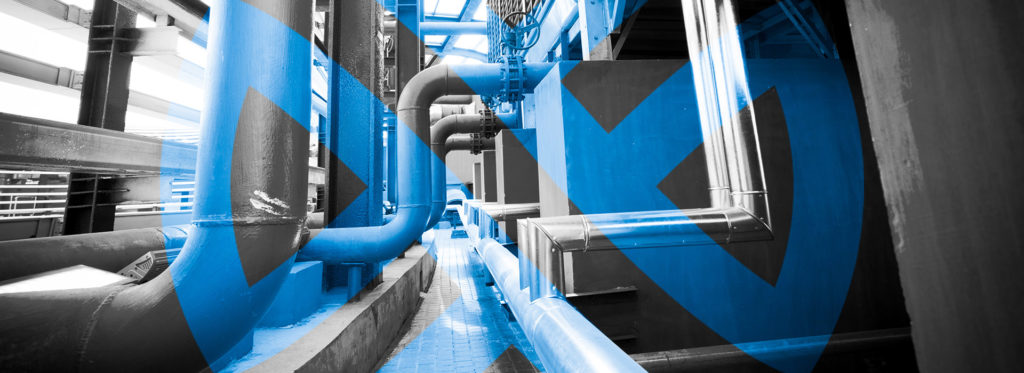
Subscribe to our insights to receive updates on the latest industry news, blogs, guides and CPD certified webinars.
What a DSR provider/aggregator does
A DSR provider’s job is to identify which of your assets are suitable for DSR, to define your response parameters, to install the necessary equipment and technology, and to then manage your ongoing participation.
A good provider will move you strategically between the different energy markets (the different DSR services) to ensure that you generate optimum revenue from your DSR participation, assigning you to the right markets at the right times.
Each market fluctuates depending on the grid’s needs and other technical factors, so your provider should be constantly monitoring these markets and making tweaks on your behalf, behind the scenes.
The key questions your DSR provider should be able to answer
- “How much will I get paid for my DSR participation?”
- “How often will I have to adjust my assets’ consumption?”
- “How long will I need to adjust for?”
- “Which energy markets can I utilise?”
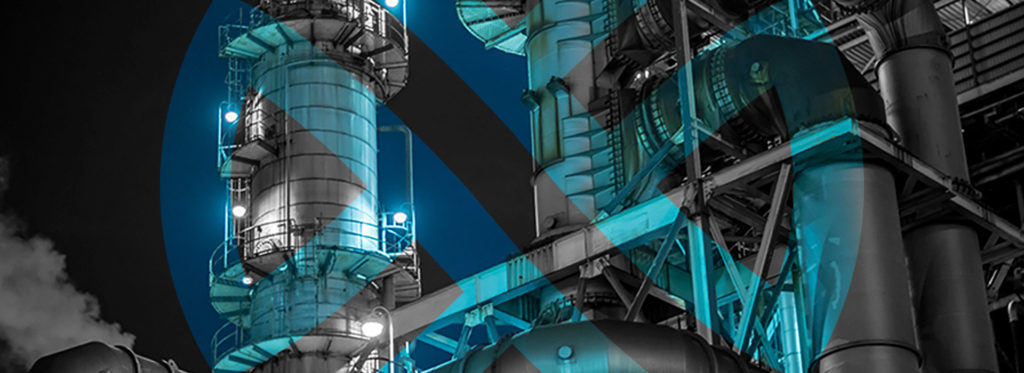
The different DSR services (‘markets’)
There are several different markets within DSR, but the two most significant and commonplace are the capacity market and firm frequency response (FFR).
The capacity market
The government (BEIS specifically) introduced the capacity market to ensure that there is enough spare energy capacity during times of emergency (‘system stress events’), such as when there are sudden surges in demand or significant dips in the production of renewables. The capacity market is operated by National Grid, incentivising large-scale electricity consumers to supply power to the grid.
As a DSR user, you can participate in the capacity market, promising the grid a set annual amount of electricity in megawatts (MW), in exchange for a set rate of payment per MW generated.
To contribute to the capacity market and receive your payment, you are required to shut down three times each year, for 30 minutes each time, with a four-hour warning ahead of each shutdown. In extreme circumstances (more extreme than the aforementioned times of emergency), the grid may require you shut down for even longer than 30 minutes if extra capacity is urgently required (such as when a blackout has occurred) – but that is an incredibly rare event.
So, in essence, you earn revenue for simply proving that you can switch off and on as needed.
Firm frequency response (FFR)
When the grid’s frequency wavers significantly, such as when a power-generation source suddenly fails, FFR provides the sub-millisecond responses that are needed to prevent outages or to re-stabilise the frequency, depending on the scenario.
There are two distinct types of FFR:
- Dynamic frequency response (DFR), which is preventative and is utilised before a fault has chance to occur – fluctuating according to the frequency.
- Static frequency response (SFR), which is reactive and utilised once a fault has already happened – operating at a set frequency level.
Your DSR technology platform will be configured for both types of FFR, self-managing and assisting automatically.
Price Optimisation
Quite often, price optimisation and peak avoidance also creep under the DSR terminology umbrella. Although this is still technically activity that is occurring on the “demand side”, they are not activities directly related to the operational state of the grid, but to outside market prices.
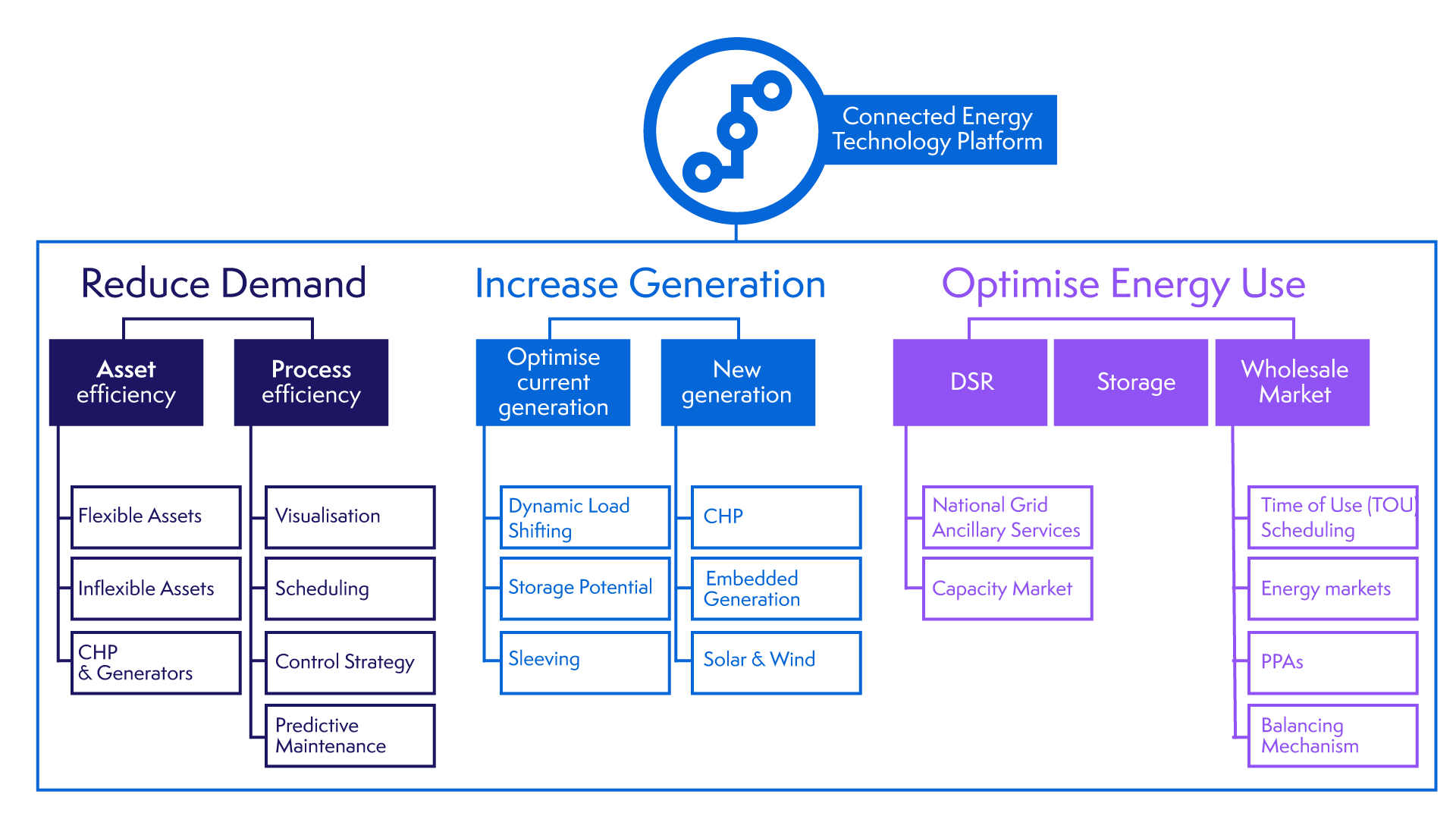
How DSR affects your operations
Demand side response is supposed to work around your day-to-day operations, keeping you well within your operable range. As long as your assets are suitable and correctly configured, this will be the case and you will not experience any problems.
Noticeable interruptions are extremely rare, and they should only be mild inconveniences when they do occur. Typically, the longest you will be expected to adjust for is 30 minutes at a time, but extreme circumstances can require you to switch off for longer – up to four hours in an absolute worst-case scenario.
Keeping you within your operable range
Your provider’s job is to figure out how they can move you between the different markets strategically, without any effort on your end. That is a key element of DSR that you should bear in mind: the provider should be using your DSR platform to do it all for you, while you concentrate on running your operations smoothly.
So, going back to the cold-store example, the provider would turn your refrigerators off and on at the most convenient and most lucrative times, all while respecting your operating bounds and keeping you within the temperature-range needed to preserve your product.
The risks of DSR
DSR is very low-risk rather than no-risk.
The biggest worry companies have about DSR is the potential interruption to operations. However, noticeable disruption is extremely rare. It is only in these times of emergency that your DSR participation will even be noticeable to you from an operational perspective – your provider should be working your DSR participation around your operations, rather than vice versa.
On top of that, you sometimes have to invest in DSR equipment and a DSR platform before you can start to participate in DSR. Once you are up and running, your provider then needs to start moving you between your chosen markets – effectively winning those DSR contracts on your behalf. Book some time in with our team to learn about our no-upfront-capex system and how it will help you avoid expensive outlays.
If your provider cannot win those contracts in the first place – for example, if you require higher prices than the markets are offering in order to make DSR cost-effective for your organisation – you will not participate and therefore will not get any return on that investment. In that sense, there is a low level of market risk involved in DSR.
However, a good provider would not allow you to get into that position in the first place. Before doing any sort of onboarding or installation, they would carry out a thorough assessment of your facility and your assets to determine whether DSR would indeed be cost-effective and operationally viable for you.
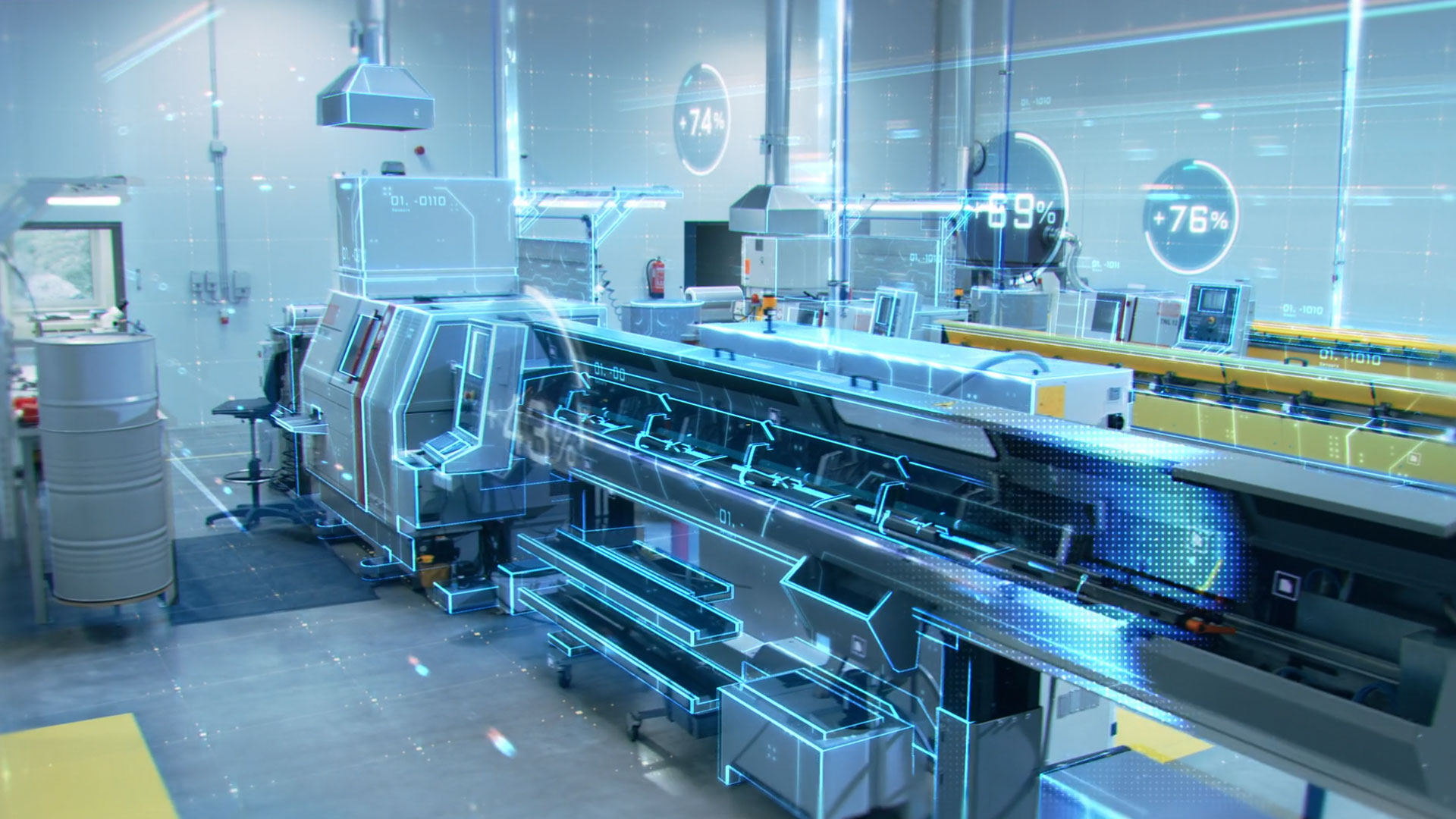
The adoption of demand side response
Demand side response currently sits somewhere between the innovation phase and the early-adoption phase (opinion varies on exactly where). As a result, only a tiny proportion of businesses are participating in DSR at the moment, despite there being thousands more that are compatible and could therefore, as we speak, be generating additional revenue for their businesses and making significant savings on their energy costs.
This may be down to a lack of overall awareness among energy decision-makers, but the more businesses there are set up to participate in DSR, the more stable and sustainable our energy system will be. Our reliance on renewable sources of power will only increase over the coming years, but the unpredictable nature of these sources means that the grid will need more help than ever.
DSR is a way that your organisation can offer that help and prosper from doing so. Is it time that your business got involved?
For more information about DSR and how your organisation can start to benefit from it, read our detailed FAQs page or get in touch with us to set up a consultation.

